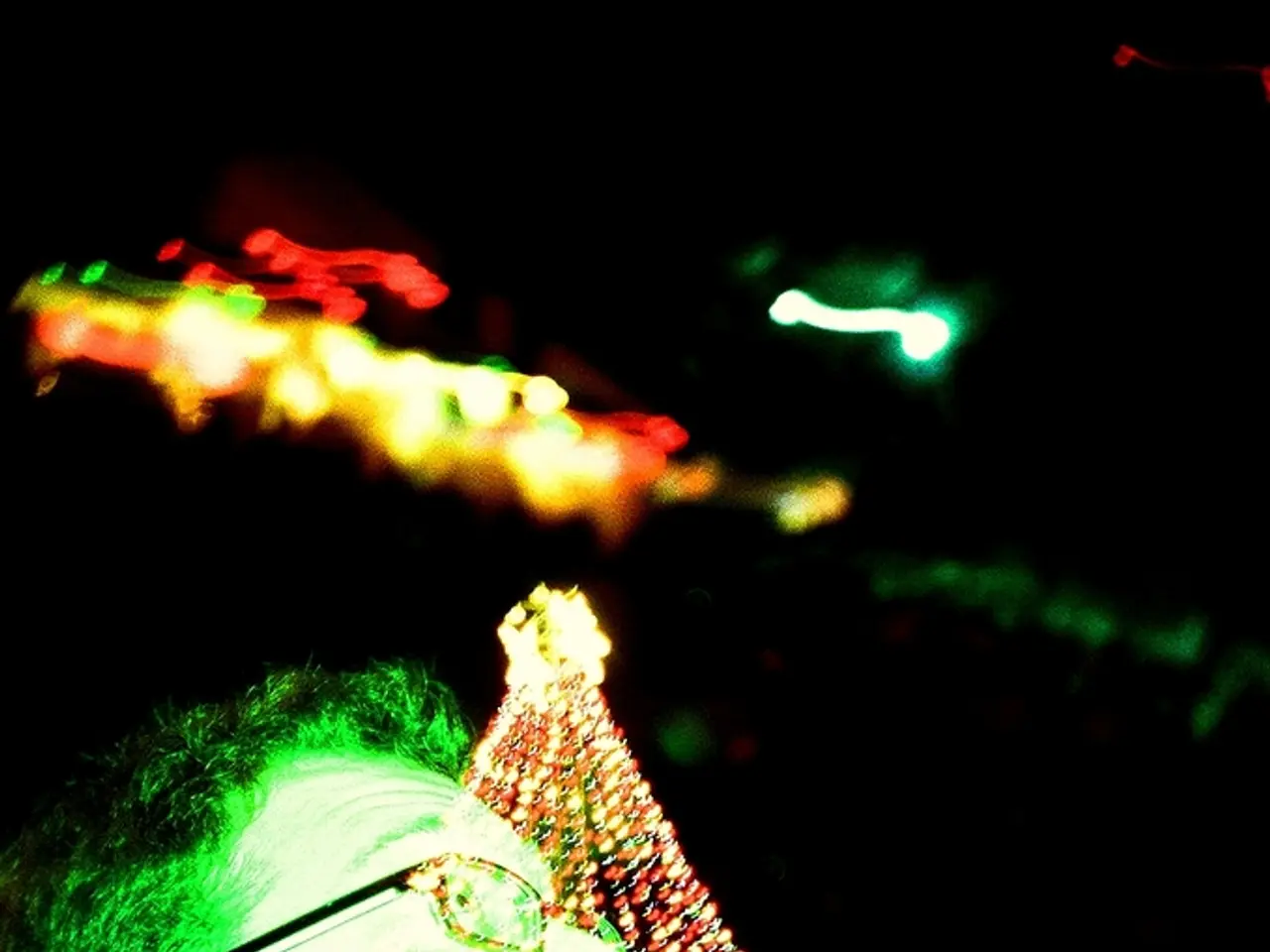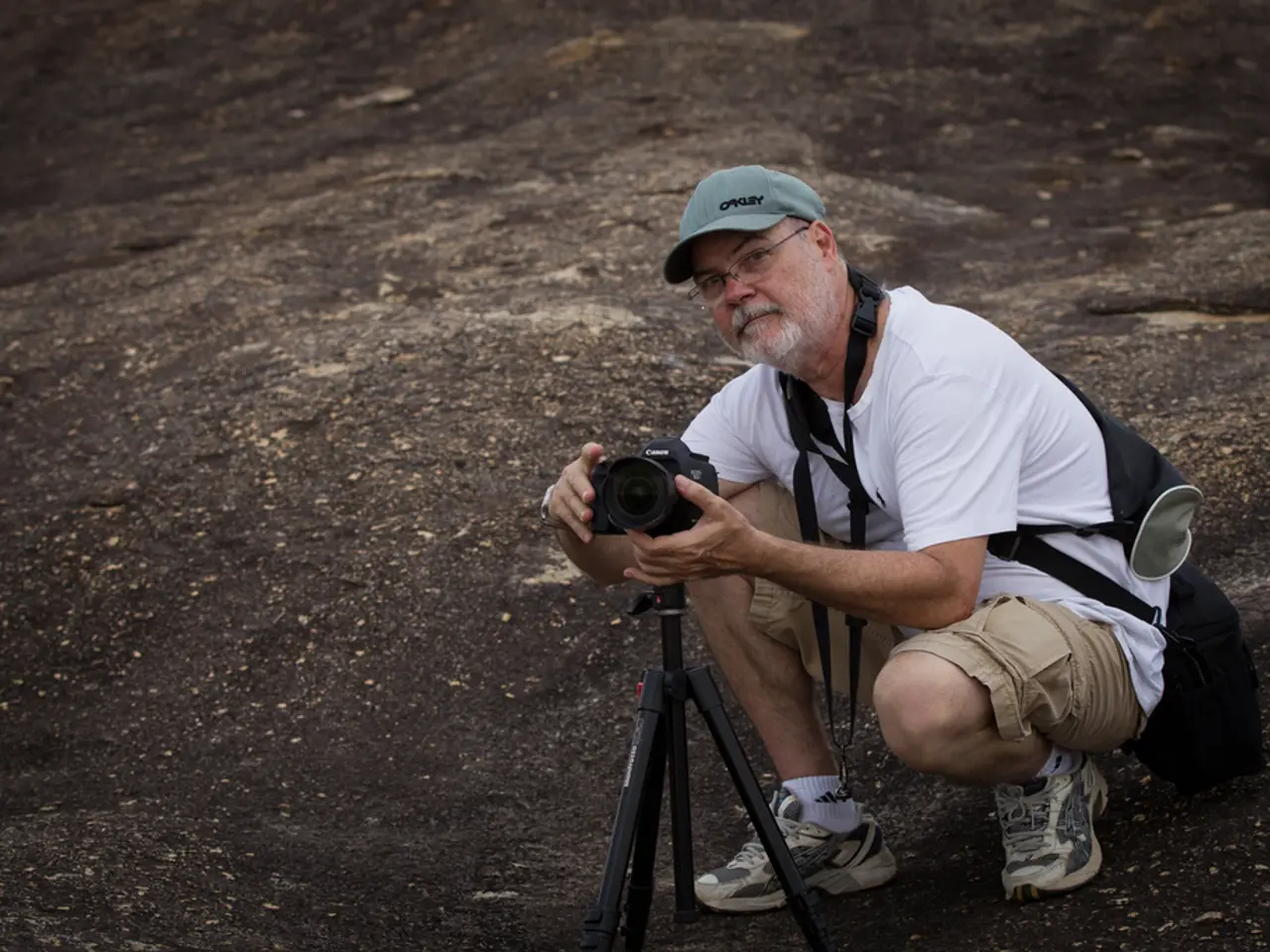A beacon of light or flame, known as 'The Candela'
In a groundbreaking move, the Measurement Standards Laboratory of New Zealand (MSL) has shared the story of metrology development with a captivating video on the redefinition of the International System of Units (SI). The video, filmed at Unleash Space, Faculty of Engineering, Auckland University, focuses on the candela - a unique SI unit that is based on human perception.
The candela, first defined based on the light emitted by a common candle, describes how a source of light appears to the human eye. It is not the only photometric quantity; other quantities include illuminance (measured in lux) and luminous flux (measured in lumens). The candela, however, stands out as the only SI unit that has a definition rooted in human perception.
The candela is defined using monochromatic radiation of frequency 540 × 10 hertz, corresponding to visible green light. This specific frequency, chosen for the definition of the candela, is near the maximum luminous efficiency of the human eye under photopic (daylight) vision conditions. By defining the candela in this way, the unit links the physical measurement of radiant power to the human eye's perception of brightness.
One candela was defined to be as bright as a standard candle at the time of the definition. The constant unit used to define the candela is Kcd, which is a conversion factor for the original or absolute power divided by the power of that source that is perceived by the eye. Luminous flux quantifies the amount of visible light emitted by a source, providing a comprehensive understanding of the candela's role in measuring the effectiveness of lighting systems designed for the human eye.
MSL keeps the candela for New Zealand to ensure operating theatres are bright enough for a surgeon to see the patient. This redefinition of the candela not only standardizes luminous intensity based on human vision response but also ensures consistency in lighting and photometry.
Jonathon Potton of Chillbox Creative was responsible for filming and editing the video, which was presented at the Measurement Standards Laboratory of New Zealand. The video aims to educate and inform the public about the importance of metrology development and the role of the candela in our daily lives.
In brief, 540 × 10¹² Hz corresponds to light at about 555 nm wavelength (green light), and this frequency is near the maximum luminous efficiency of the human eye. The candela, therefore, functions as a practical unit reflecting how humans visually perceive light intensity rather than merely measuring raw power output.
References: [1] https://www.bipm.org/en/si/si-brochure/chapter/1/6/ [3] https://www.bipm.org/en/si/si-brochure/chapter/6/ [5] https://www.npl.co.uk/news/2018/november/new-definition-for-the-candela-light-unit-to-be-unveiled-at-the-general-conference-of-weights-and-measures-in-november-2018/
The candela, a unique SI unit based on human perception, serves as a practical unit for measuring the visual intensity of light in health-and-wellness contexts, such as ensuring proper lighting in operating theatres. Therapies and treatments extending into the field of health-and-wellness can benefit from the standardization of luminous intensity provided by the redefinition of the candela.




